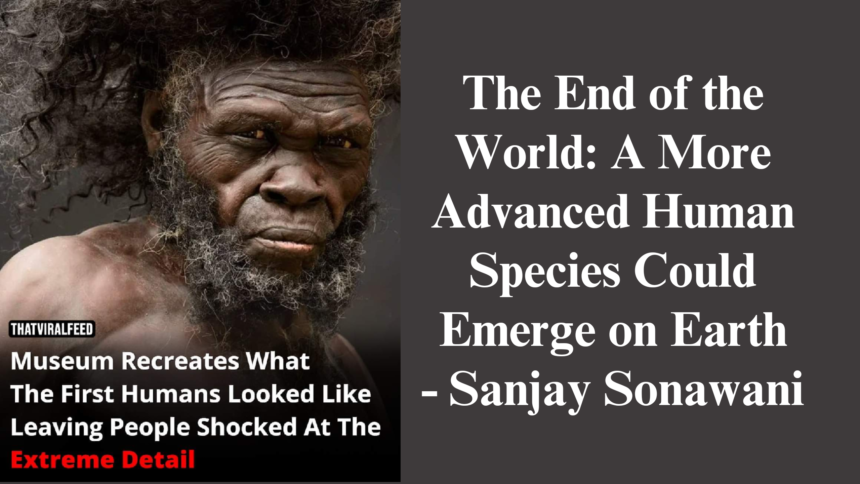Samajsamvad | 24 November | Sanjay Sonawani
Humanity Modern science believes Earth was formed approximately 4.5 to 6 billion years ago. Initially a fiery mass, the Earth gradually cooled, forming a metal-infused molten core. Gases released during this process stabilized under gravity to form the atmosphere. However, the early Earth was tumultuous, with countless volcanic eruptions constantly altering its surface. These eruptions released metal vapors and chemical clouds, leading to acid rain. Depressions filled with water formed oceans, while uplifted surfaces became mountain ranges. Yet, Earth remained unstable.
Life had not yet emerged, as the atmosphere underwent gradual changes. During this chaotic phase, primitive life appeared, requiring no oxygen. About 2.5 billion years ago, atmospheric changes caused mass extinction, wiping out 80% of microscopic life forms. Oxidation processes then led to the emergence of new species, some terrestrial and more complex. This evolution took nearly a billion years. The era of giant creatures followed but ended 66 million years ago. Science suggests five mass extinctions have occurred on Earth since the origin of life, with the planet and atmosphere evolving throughout.
Humans initially emerged as part of the chimpanzee or bonobo branch approximately 70 million years ago. Early human-like species were not significantly distinct from other animals of their time. Over time, various human-like species evolved. Before modern Homo sapiens, the Neanderthal species existed and was advanced, evidenced by their tools, ornaments, and living arrangements. With developed vocal cords, they likely had a language. The oldest evidence of their existence is about 450,000 years old, though they may have existed earlier. By 40,000 years ago, they had spread across Earth. Around 150,000 years ago, Homo sapiens emerged. Unable to compete with this new species, Neanderthals went extinct, though interbreeding likely occurred, leaving traces of Neanderthal DNA in modern humans.
Homo sapiens, being more advanced, created their own world, made discoveries, and altered the course of survival. However, extinction continued. After the last Ice Age, some species, like woolly mammoths, became extinct. Humans, through migration, survived. The last Ice Age ended 20,000 years ago. Within 10,000 years, Homo sapiens discovered agriculture, established societies, and developed religion and philosophy. Whether this was a result of evolution or a sudden chemical change in the brain, sparking “an explosion of intelligence,” remains uncertain.
A universal concept in human minds is the idea of the “end of the world.” Every culture and religion (except Jainism) has extraordinary creation and destruction myths. Science is no exception. The popular theory today is that the universe, created by the Big Bang, will end through a “Big Crunch.” Renowned scientist Stephen Hawking predicted that within the next hundred years, humans would either need to settle on another planet or face extinction, causing global concern.
The idea of human extinction is ancient. Myths like the great flood suggest that when sin increases, humanity and animals are wiped out, but a few, like Manu or Noah, survive to repopulate the Earth. Predictions about the end of the world, such as the 2012 Maya calendar prophecy, have often caused panic. Some people even prepared modern-day Noah’s arks. Despite these fears, nothing happened. Such predictions have led to unnecessary anxiety and reckless behavior, but the idea of extinction is not mere imagination. Science confirms that mass extinctions have occurred since Earth’s creation.
Many human ancestor species have already vanished. Homo sapiens is not immune to extinction. Currently, several species are being wiped out due to human activities or natural causes. Whether the world ends through cosmic events or collapses into nothingness, these are distant possibilities. The key concern is that a more advanced human species might emerge on Earth, rendering today’s humans obsolete. This cannot be ruled out. Therefore, human arrogance, apathy toward nature, and carelessness must be curbed. Instead of debating God’s existence, we must acknowledge nature as tangible and experienceable. Trusting in an unknowable power to save us is futile. Recognizing and respecting nature is crucial.
Read This: History: The Indians: A Useful Reference Book for Scholars of South Asian History





